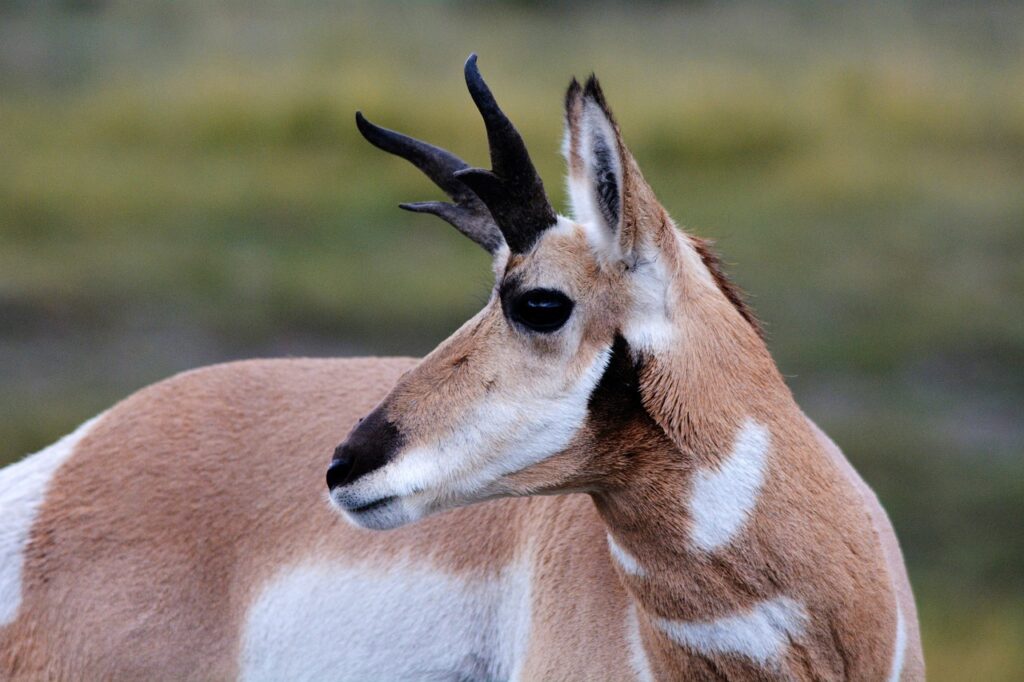Many animals have multiple stomachs. These stomachs digest food and expel waste products.
They can hold different types of food or absorb plant nutrients, depending on the species and the animal’s diet. Here are some examples of animals that have multiple stomachs:
1. Reindeer

Reindeer have four stomachs. The first stomach, the rumen, releases enzymes to digest the plants the animal eats. The second one, the reticulum, holds food until it can be digested by strong acids in the third stomach, the omasum.
In the fourth stomach, food is broken down, and nutrients are absorbed into the bloodstream for delivery to other organs. They are found in Alaska, Canada, Greenland, northern Europe, and North Asia.
2. Ostrich

The ostrich has three stomachs. The first stomach, the proventriculus, holds food before storing it in the second stomach, the gizzard.
The third stomach, the cecum, releases enzymes to digest leaves and other challenging plant matter that birds cannot eat. Ostriches live in Africa.
3. Kangaroo
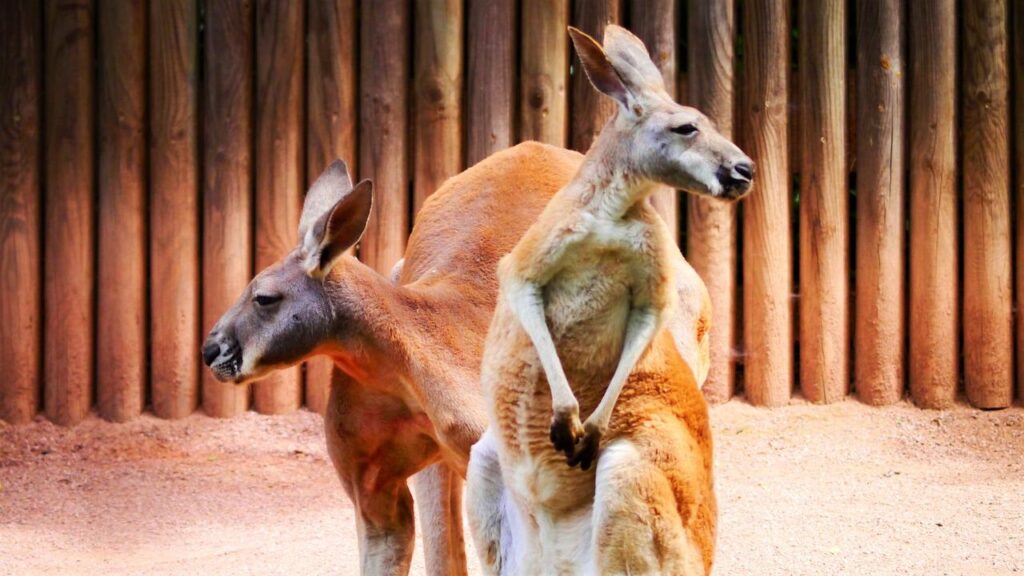
Kangaroo has two stomach chambers, a gastric and a digestive. The gastric holds food before it is stored in the digestive where it is digested. Kangaroo doesn’t regurgitate stomach contents; Thus, it is challenging to chew cuds as other ruminants do.
Kangaroos eat mostly grass and sometimes shrubs. They can run up to 70 miles (112 km) per hour and jump 6 feet, 3 inches (2 meters) while propelling themselves with their powerful legs and stomach muscles. They are found in Australia and New Guinea.
4. Camels
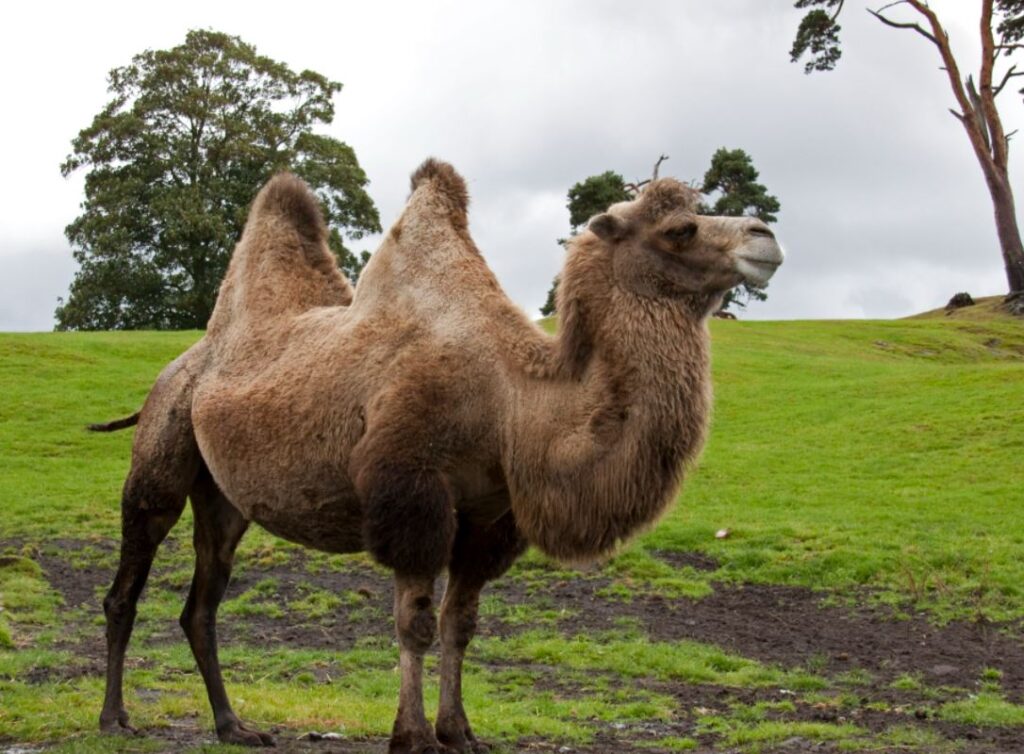
Camel has three stomachs. The first two chambers hold food before it is digested. The third stomach, the abomasum, releases enzymes to digest the food after it’s eaten and digested by the other two chambers.
Camels eat grasses and plants found near water sources in desert areas of Africa and the Middle East. They have a hump on their backs because they store water and fat.
5. Hippopotamus

Hippopotamus has three stomach chambers. The first and second stomachs digest food in the water and raid crops. The third, the abomasum, digests food after the other two stomachs eat it.
A hippo‘s stomach can hold up to 400 pounds (180 kilograms) of grass and water. They live in Africa.
6. Alligator
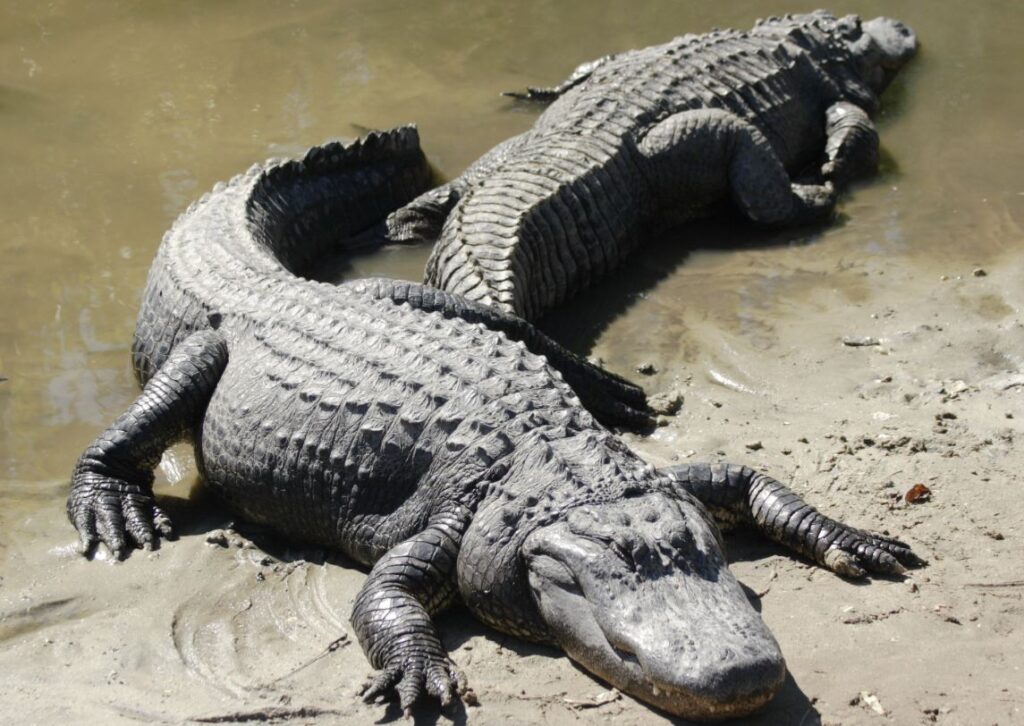
Alligator has two stomach chambers, one contains gastroliths, and the other includes a muscular stomach which is acidic to break down the rest of the food so they can digest it. The gastroliths are stones that help grind up food.
The muscular stomach can hold up to 1,000 pounds (45 kilograms) of food and is used to grind the food before it goes into the stomach. Alligators are found in US, Mexico, and China.
7. Giraffe

Giraffes have four stomachs. The first, the rumen, releases enzymes to digest plants. The second stomach, the reticulum, holds food until it can be digested by strong acids in the third stomach, the omasum.
In the fourth stomach, food is broken down, and nutrients are absorbed into the bloodstream for delivery to other organs. Giraffes live in Africa.
8. Dolphin

Dolphin has three stomachs. The first stomach, the pylorus, releases enzymes to digest the dolphin’s favourite food, fish. The second stomach stores fish. The third stomach holds strong acids that break down food before reaching the intestine so it can be digested properly.
Dolphins live in all oceans of the world.
9. Sloth
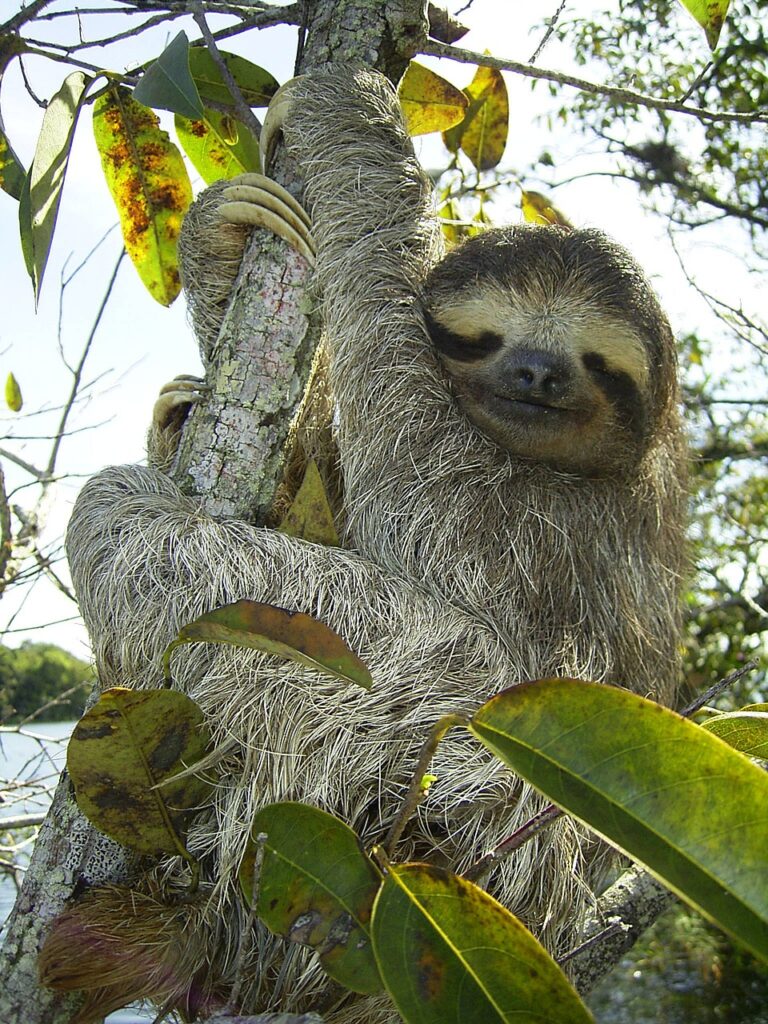
Sloth has four stomachs. The first stomach, the rumen, releases enzymes to digest the leaves that sloths eat. The second stomach, the reticulum, holds food until it can be digested by strong acids in the third stomach, the omasum. In the fourth stomach, food is broken down, and nutrients are absorbed into the bloodstream for delivery to other organs.
The process of digestion takes a month since their digestion is slow. They are found in tropical rainforests of Central and South America.
10. Cows
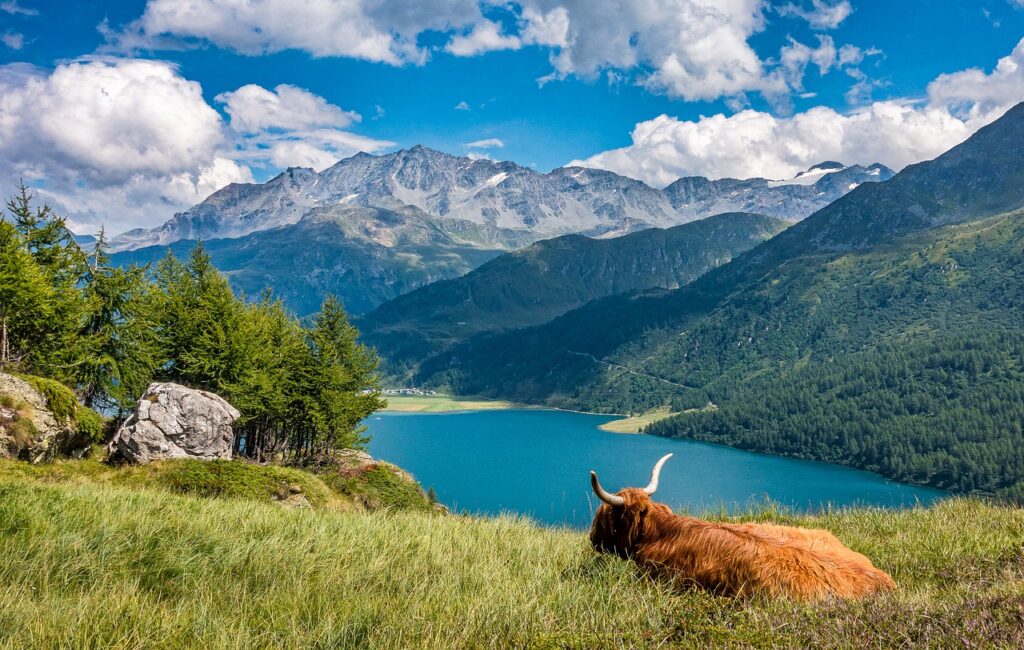
Cows have four stomachs. The first two stomachs hold food before it is digested. The third stomach, the abomasum, releases enzymes to digest the food after it’s eaten and digested by the other two chambers.
After digestion, they pass waste as manure through their rectum and anus. Cows live in farming areas of Africa, Europe, and Asia.
11. Cachalot whale
Cachalots have four stomach chambers, one of the giant toothed whales. They eat by pushing their prey into a round mouth called a “Spermaceti organ” and then move it back out.
The food flows through the whale’s pharynx in its head and down the esophagus, where it enters another organ called the “digestive cecum.” The food moves from this cecum to two stomachs, which are both called the pyloric ceca.
12. Sheep

Sheep have four stomachs. The first two stomachs hold food before it is digested. The third stomach, the abomasum, releases enzymes to digest the food after it’s eaten and digested by the other two chambers.
The fourth stomach holds strong acids that break down food before reaching the intestine so it can be digested properly. Sheep eat grasses.
13. Pronghorns
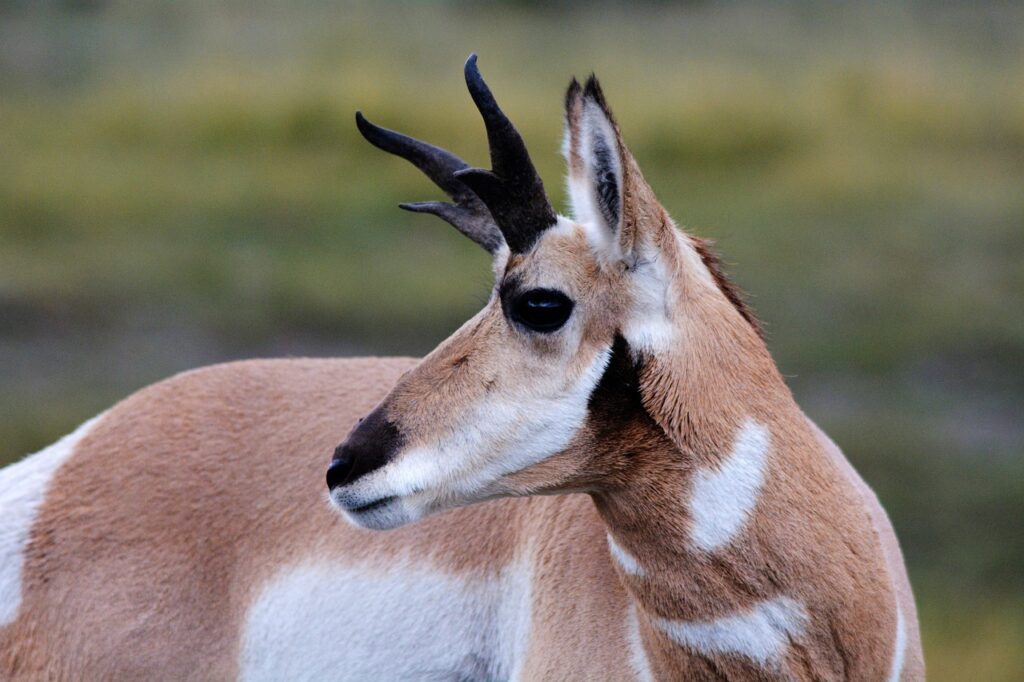
Pronghorns have four stomachs. The first two stomachs hold food before it is digested. The third stomach, the abomasum, releases enzymes to digest the food after it’s eaten and digested by the other two chambers.
After digestion, they pass waste as manure through their rectum and anus. Pronghorns live in North America.
14. Moose
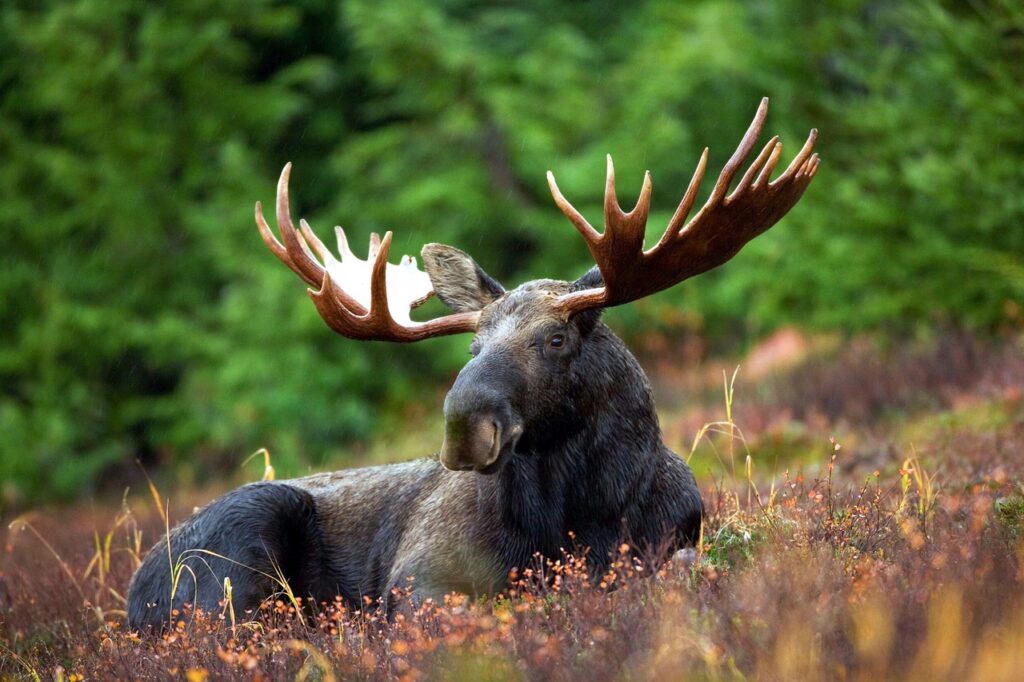
Moose has four stomachs. The first two stomachs hold food before it is digested. The third stomach, the abomasum, releases enzymes to digest the food after it’s eaten and digested by the other two chambers.
After digestion, they pass waste as manure through their rectum and anus. Moose are found in the northern regions of the United States, Canada, and Alaska.
15. Goats
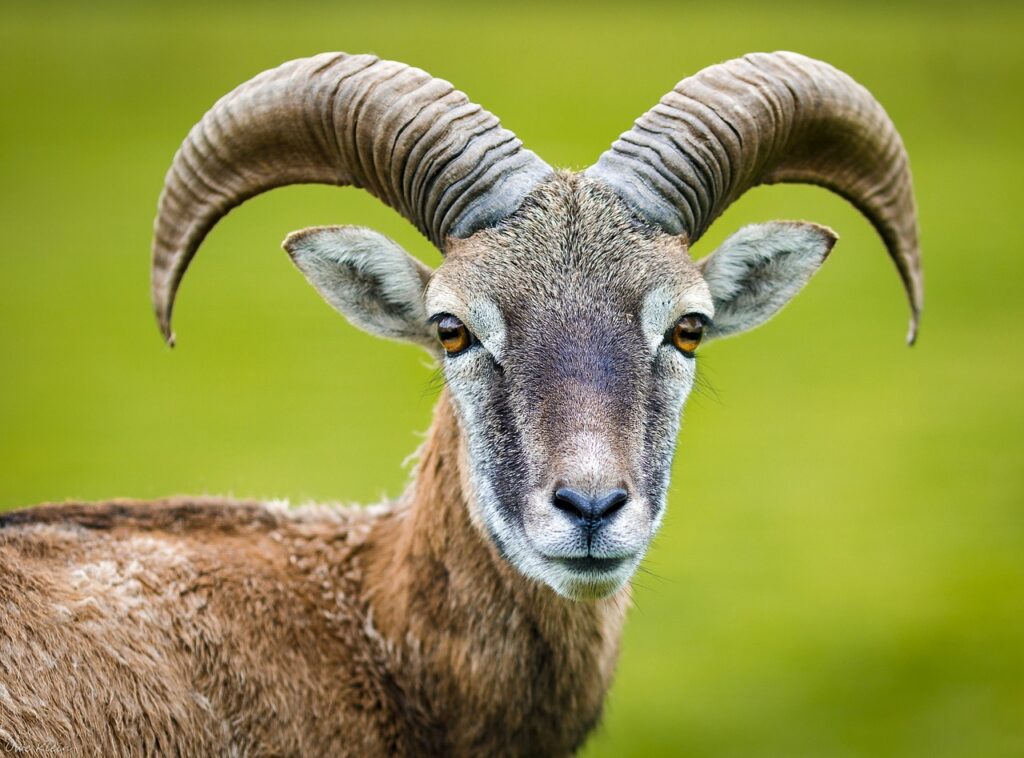
Goats have a similar digestive system to that of a cow. They have four stomachs. The first two stomachs hold food before it is digested. The third stomach, the abomasum, releases enzymes to digest the food after it’s eaten and digested by the other two chambers.
After digestion, they pass waste as manure through their rectum and anus. Goats can be found in Europe, Asia, and Africa.
16. The baird’s beaked whale
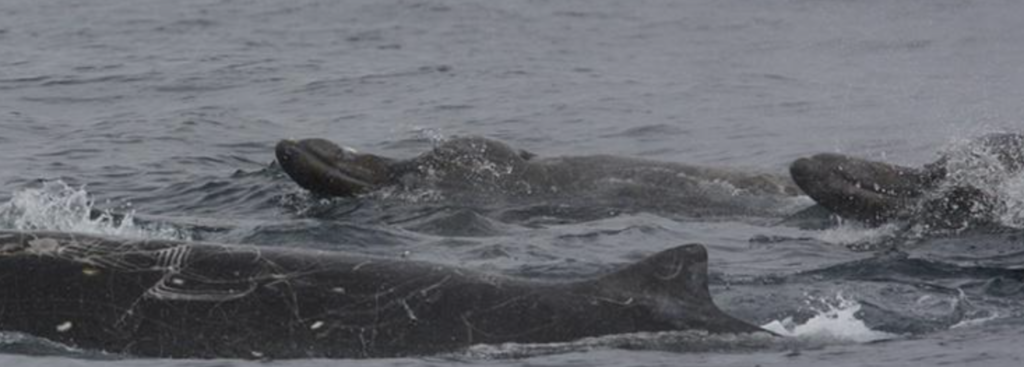
This whale has up to 13 stomachs. The first two stomachs hold food before it is digested. The third stomach, the pyloric ceca, releases enzymes to digest the food after it’s eaten and digested by the other 10 chambers.

